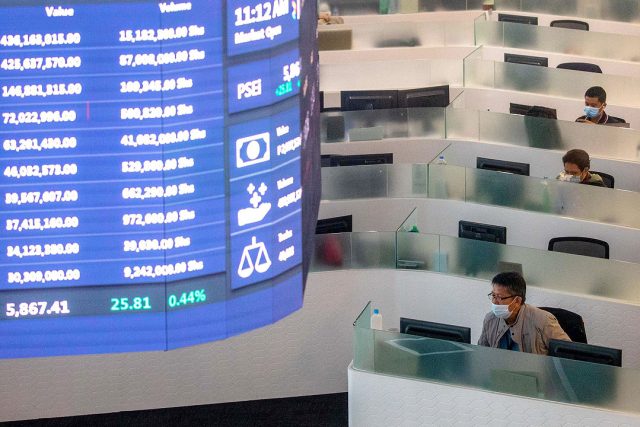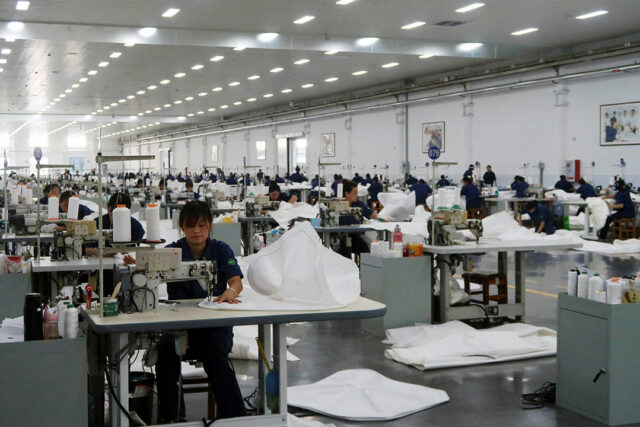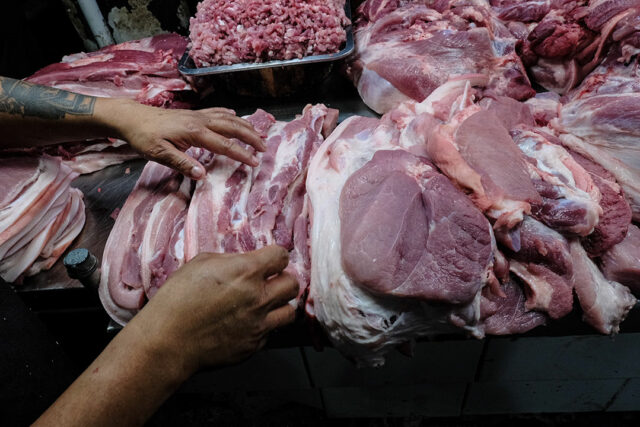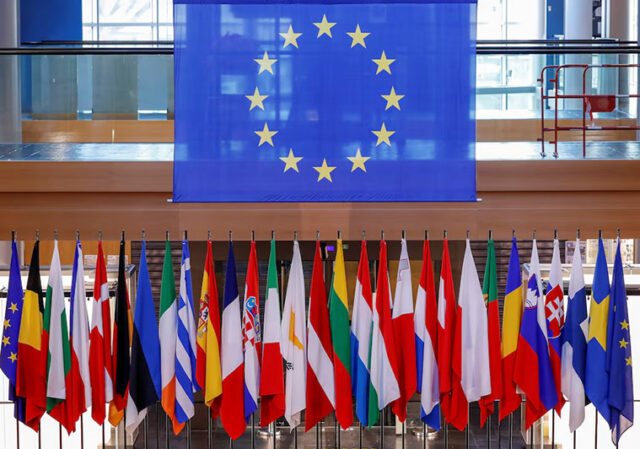IN BRIEF:
• Boards can establish trust in AI by creating guiding principles, ensuring regulatory compliance, and staying updated on new regulations.
• Encouraging innovation, ensuring data quality, and rethinking business models can help boards drive value creation through AI.
• Boards can enhance their effectiveness by developing AI expertise and increasing diversity within the boardroom.
Artificial intelligence (AI) presents both opportunities and challenges for organizations. While there is pressure to adopt AI quickly to stay competitive, risks and capability gaps can hinder swift action.
This article explores how boards can confidently guide their organizations through the AI landscape, focusing on building confidence, creating value, and augmenting human potential.
THE AI DILEMMA
AI’s breakthrough capabilities have generated significant excitement and investment. According to the EY CEO Imperative Survey, driven by concerns of falling behind, 99% of CEOs are investing in generative AI through initiatives such as establishing an AI task force with a direct line to the C-Suite, determining which data will create a competitive advantage through AI, and investing in capabilities to augment third-party AI with proprietary data. Meanwhile, 70% believe immediate action is necessary to prevent competitors from gaining a strategic edge. Despite this urgency, organizations face challenges such as legal and cybersecurity risks as well as difficulties in sourcing top tech talent.
Boards play a crucial role in navigating these challenges, balancing legal and regulatory compliance with strategic and technological innovation. This dual responsibility can create conflicting priorities, making it essential for boards to find a way to manage both effectively.
On the other hand, many investors remain motivated by the desire to deliver short-term returns. Some investors may not push for change if they believe they are sufficiently diversified at a portfolio level. This leads to a focus on maximizing value through current business models rather than transitioning to new, sustainable ones.
ESTABLISHING TRUST IN AI
Confidence in AI is essential for its adoption and risk mitigation. Boards can achieve this by developing a principles-based approach to AI governance, developing guidelines for the organization based on ethical principles, focusing on key values such as fairness, transparency, and human-centeredness, ensuring compliance with existing regulations, and proactively preparing for emerging regulations.
For example, a South Korean electronics company implemented an actionable guide to practice the AI Ethics Principles of fairness, transparency, and accountability, and established an AI Ethics Council to operate its own inspection process.
Boards should ask management whether the organization has a transparent and well-communicated responsible AI framework, how it was developed, and what principles it prioritizes. They should also ensure that the framework is integrated into the firm’s risk management program and assess its effectiveness across the organization. Guardrails should be in place to identify when the framework is not applied as intended. It is therefore also crucial that companies provide clear guidelines on responsible AI use.
DRIVING VALUE THROUGH AI
Creating value with AI requires a culture of innovation and learning. Organizations must empower innovators to experiment and employees to use AI safely with appropriate boundaries. Data readiness is critical, as clean and well-governed data improves the accuracy and reliability of AI models.
Boards should encourage management to develop and deploy AI across the enterprise and within the wider ecosystem of partners. They should identify metrics to pinpoint the biggest value creation opportunities with AI and understand how AI might impact organizational culture and employee work. Additionally, boards should ensure that data is prepared for AI use and address barriers to AI adoption. This can be supported by sustained training in actual AI usage and how it can directly impact day-to-day work.
For example, employees from a bank in Singapore used data analytics and AI to enhance the bank’s value to customers and increase its competitive edge, with cross-functional teams comprising data scientists, AI experts, technologists, and business leads working together to provide services such as personalized recommendations and nudges to customers, suggesting investment products, predictive analytics for financial forecasting, and managing credit risks for SMEs. An Australian telecom company also uses AI and machine learning to understand its customers’ needs better by processing a broad range of information such as usage patterns, network performance and demographics data.
AI has the potential to transform business processes and models fundamentally. While initial use cases may focus on improving efficiency, the bigger opportunity lies in rethinking processes and models from the ground up in an AI-first way, such as by using AI as an ideation partner to help promote critical thinking. This transformation can lead to significant value creation by reshaping talent and work across the organization.
ENHANCING BOARDROOM CAPABILITIES WITH AI
AI’s potential to augment human potential within the boardroom is an area that requires more exploration. Boards need to understand and develop expertise in AI to oversee and use it effectively, such as using AI to provide both insights and forecasts on key performance indicators they prioritize for their organizations. Deep dives into AI topics can help board members get up to speed.
A growth mindset is essential for board members to embrace AI. They have to continuously seek personal growth, education, and development. Boards should also assess their composition to ensure they have the necessary diverse skill sets to oversee AI. Locally, corporate governance topics typically now include AI, which is a positive indication of its significance gaining traction for the board.
Moreover, AI can be used to enhance board decision-making processes. For example, AI could help analyze risks and provide insights on their progress towards meeting annual strategic goals based on the metrics they manage such as revenue or sustainability targets, becoming part of the board’s decision-making toolkit. By embracing AI, boards can drive diversity in thinking and improve their oversight capabilities.
C-LEVEL CONSIDERATIONS
Boards should focus on how AI can fundamentally disrupt their business model and imagine designing their business from the ground up in an AI-first way. They should ensure the board is equipped to provide guidance on responsible AI use principles, such as fairness, accuracy, reliability, explainability, and transparency. This may include embedding AI within their governance processes in IT to ensure the AI tools are regularly monitored for appropriate outputs and recalibrated based on new data.
Engaging management in aligning AI opportunities across the organization and ensuring the organizational culture supports AI integration is crucial. Integration can be more apparent by being deliberate in articulating how AI forms part of its annual strategic objectives. Boards should also recognize if employees are as AI-ready as the organization’s data.
LEADING WITH CONFIDENCE
AI will be a critical growth driver in the years ahead, reshaping talent within organizations and disrupting business and operating models. Operating models can adopt an AI-first strategy, where they use these technologies to proactively offer products and services, improve safety through autonomous vehicles, or predict machine or health problems in the manufacturing and health industries respectively. Achieving this potential will require organizations to mitigate AI’s risks and build confidence in its use. Boards play a vital role in guiding organizations through these transitions by expanding their competencies and boosting diversity.
By focusing on resilience, consumer outcomes, and timely remediation of weaknesses, organizations can navigate the regulatory landscape effectively and build a foundation for long-term success. Ultimately, boards that balance innovation with risk management will help their organizations navigate the AI landscape confidently and effectively.
This article is for general information only and is not a substitute for professional advice where the facts and circumstances warrant. The views and opinions expressed above are those of the author and do not necessarily represent the views of SGV & Co.
Lee Carlo B. Abadia is a technology consulting principal of SGV & Co.












